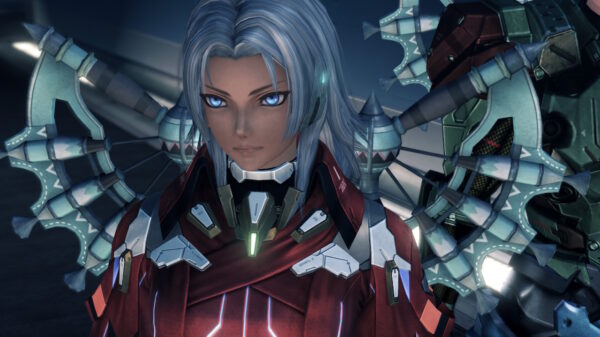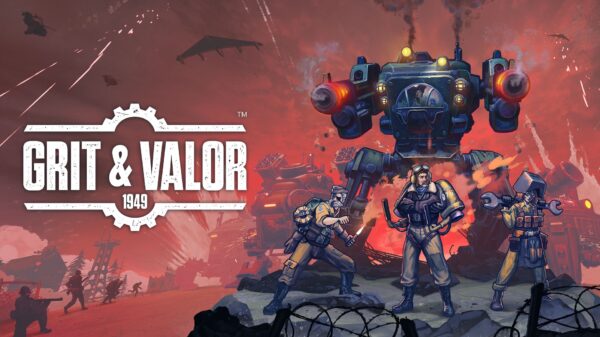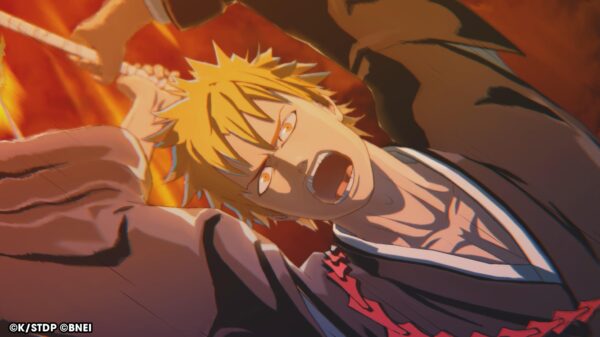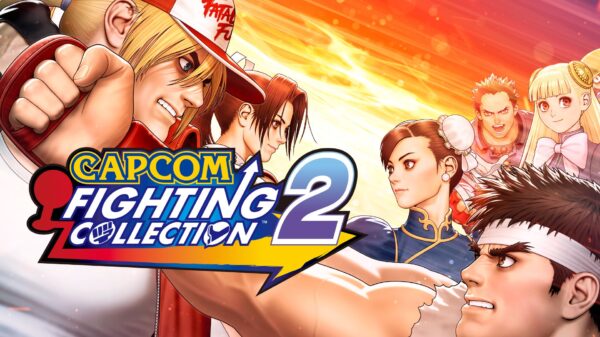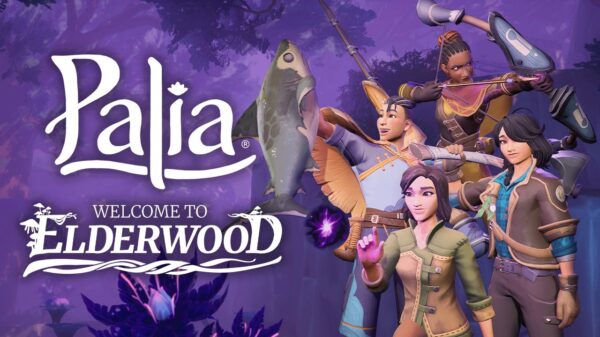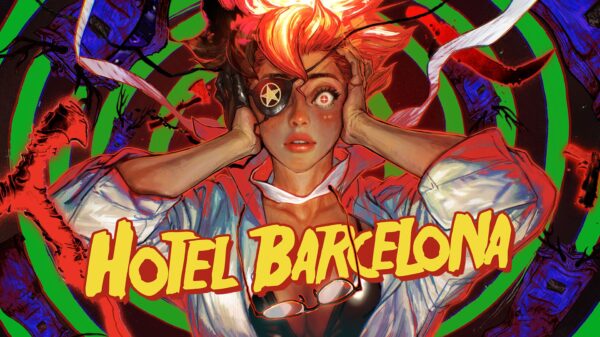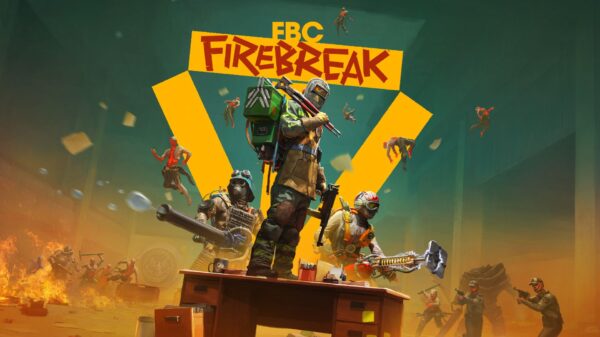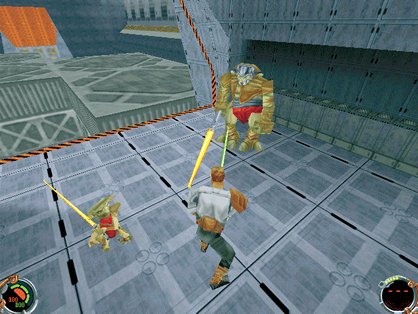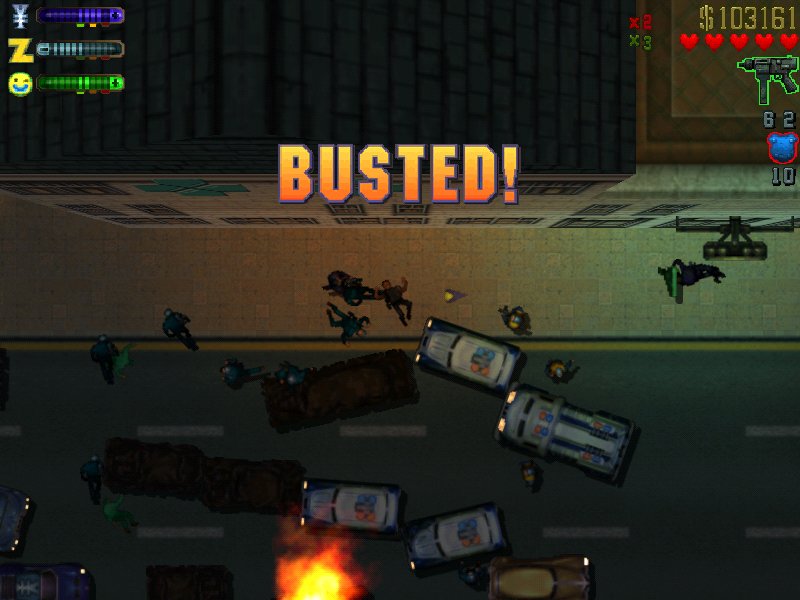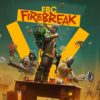Misplaced Mechanics is a weekly Wednesday feature, in which Gyuri brings three games with flawed game mechanics to showcase and share his frustrations with gamers from around the world.
Star Wars Jedi Knight: Dark Forces 2 – Darkness or light…there is no twilight
JK, released in 1997, was one of the first 3D Star Wars games to utilize Jedi combat. Lightsaber combat was fun and easy, and there was a wide variety of Force Powers which made you feel like you really were a Jedi. One could say that JK put down the basics that all the later Jedi-centered Star Wars games were based on. With it’s vast, sometimes even confusing levels and a balance between combat and puzzle solving, JK was every Star Wars fan’s dream at the time of it’s release. Taking the first-person shooter elements from the original Dark Forces and adding third-person Jedi combat made it an excellent gaming experience, making Kyle Katarn’s second adveture even more memorable than the first one.
JK also introduced a now well-known mechanic in Star Wars games, the dual endings. Most Star Wars games had a light and dark ending, depending on the players actions throughout the game, or a decision made by the player at a critical moment. JK was made during the time when we still generally thought that there were either Jedi or Sith, good guys or bad guys, Light Side folk or Dark Side folk, in other words, in-between characters weren’t as well known at that point, in fact, the main character of the game, Kyle Katarn could be considered the first „Gray Jedi†in a Star Wars game.
Now my problem with JK came from this. Since this was an action game with minor RPG elements, the only real way to decide whether you’d get the light or dark ending was to develop your Force powers in the corresponding way. Some minor things also influenced it, for example killing civilians moved you toward the Dark Side, but it mostly depended on what powers you developed. This meant that anyone who tried to be an in-between Light Side Jedi had a hard time. Unlike in KotOR where you could develop any ability because your alignment depended on your actions, in JK you had to keep an eye on what powers you chose. This was bothersome because as we know, Dark Side powers are just a lot more useful – I mean who needs mind tricks, or damage-absorbing shields, when you can shock everyone to death with lightning?
The Grand Theft Auto series – Momentarily misplaced
GTA is probably among the most popular video game series today. There’s really nothing I can say that people don’t already know. You play as a criminal, usually starting as a small time crook who eventually rises to the top…after killing hundreds of people and amassing a fortune as well as a ridiculously large arsenal of weapons.
With that said, don’t you just hate getting busted in these games? I do. Especially when I get busted while driving a car. The police have a tendency to run up to your car, open the door and point their gun at you, instantly arresting you in the process. This is even more annoying if your car happens to lack a door on either side – which happens more often than you’d think – in which case the police don’t even need to open the door. You see if you at least have a door, then if you can accelerate fast enough, the poor policeman would lose his grip on the door handle and fall over, but if the door isn’t there, you have no protection against his instant-arrest maneuver. I always wondered why can’t we just shoot the policeman when he’s pointing his gun at us, given that the main character always has his submachine gun in hand for drive-by shootings. What, does the gun accidentally roll under the seat everytime this happens? I understand that having a gun in your face is not the kind of situation you’d want to retaliate in, but hey, that didn’t stop me when I was facing the barrel of a tank.
Fear Effect – Bait and switch
Fear Effect is a not very well known game made in 2000, for the Playstation. It was one of the first games to use a graphical style similar to today’s cel-shaded graphics and it’s gameplay was similar to Resident Evil. It was a unique horror game where the main source of fear weren’t the enemies, but the situations you got yourself into and even the world around you. For example, if you didn’t turn a valve to open hot steam onto a guard’s face before descending a ladder, then said guard would just shoot you while you were climbing. It was the kind of game where you really had to watch out for everything, and examine everything before attempting to do anything that could have been potentially harmful.
As you can imagine, Fear Effect was a hard game. Most players started on normal difficulty and still had a very hard time due to the game’s unique style and often unforgiving difficulty. However, can you guess what was a really big kick in the balls? When you reached the end of the game and had to choose between two paths leading to two endings, and it turned out neither of them was a happy ending, both were very depressive and made you feel like everything you’ve done was for nothing.
Surely there had to be a good ending somewhere and as you can imagine, there was. However to get it, you needed to beat the game on the hard difficulty setting. This is just plain unfair to be honest, difficulty levels exist so players can customize their experience, and while players may expect bigger rewards if they play a harder game, it’s unfair to not allow less skillful players to experience everything from the game on their preferred difficulty setting. Not just that, but there’s also no way of knowing that you can’t get the good ending on normal mode, and it’s very annoying to realize that after fighting your way through the entire game. It can even turn you off from the game, after all, this is basically the equivalent of spending hours working, then being told to start over if you want your full paycheck.



